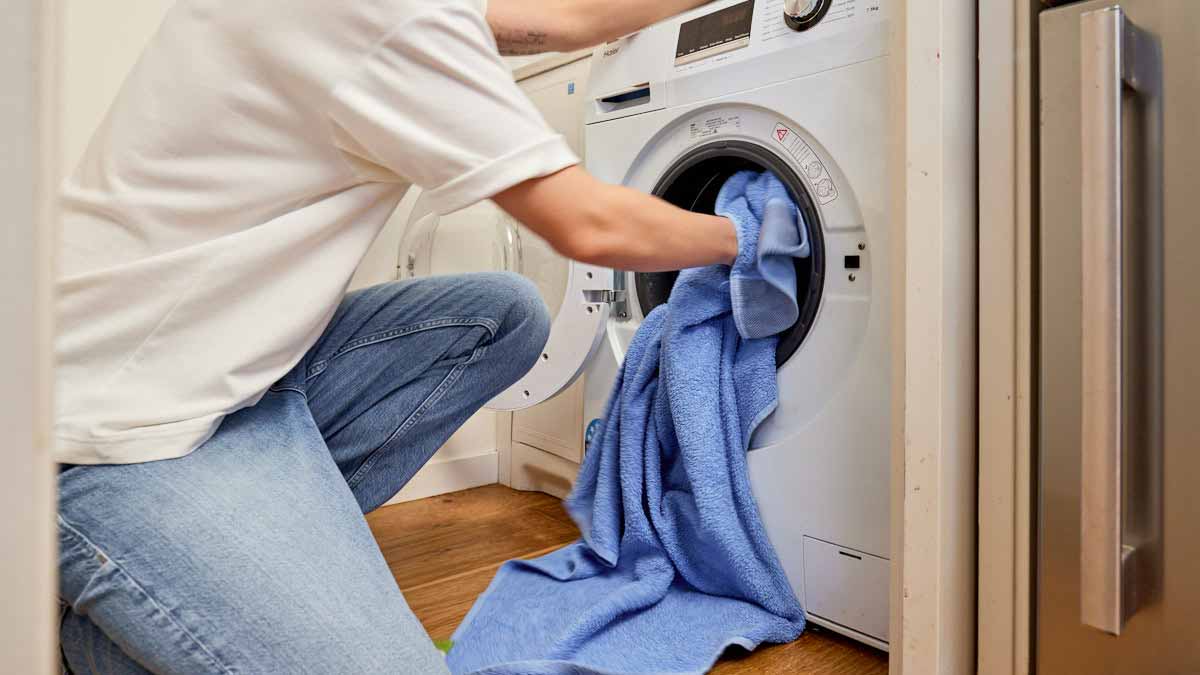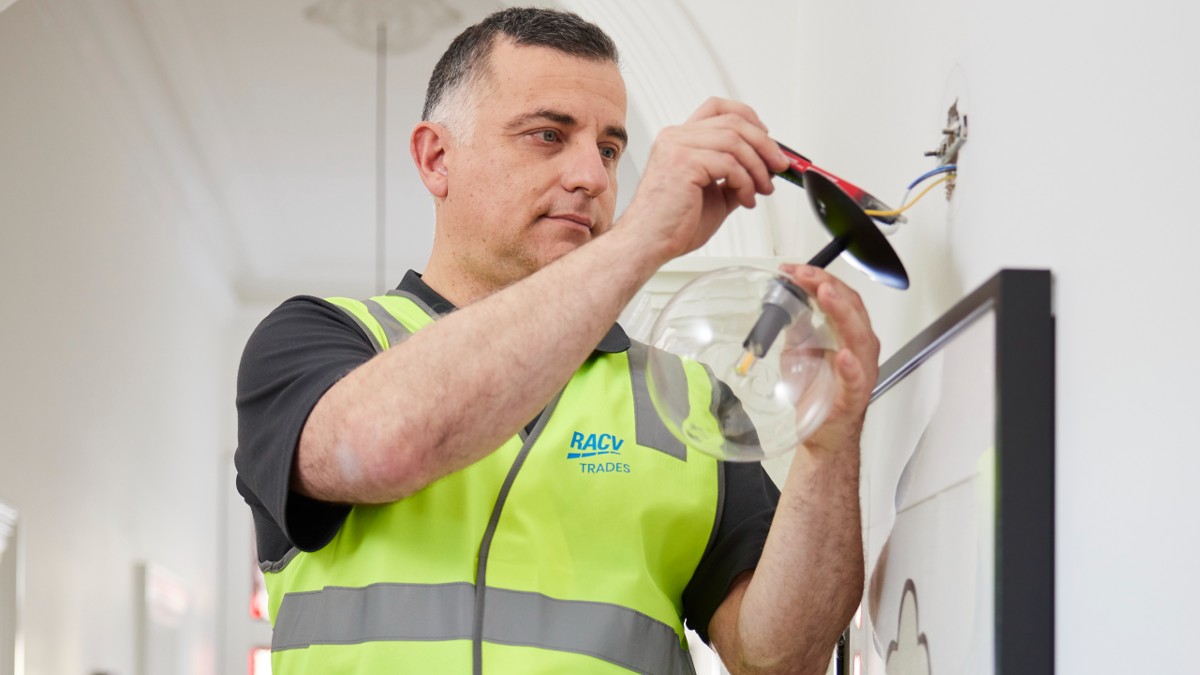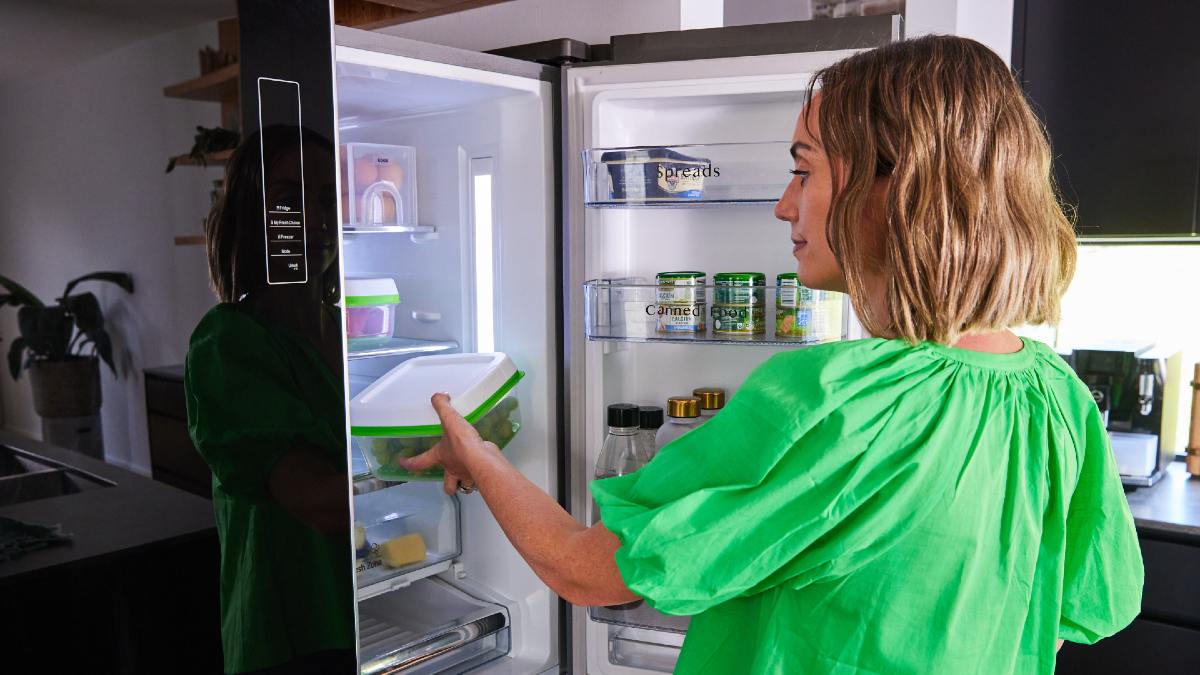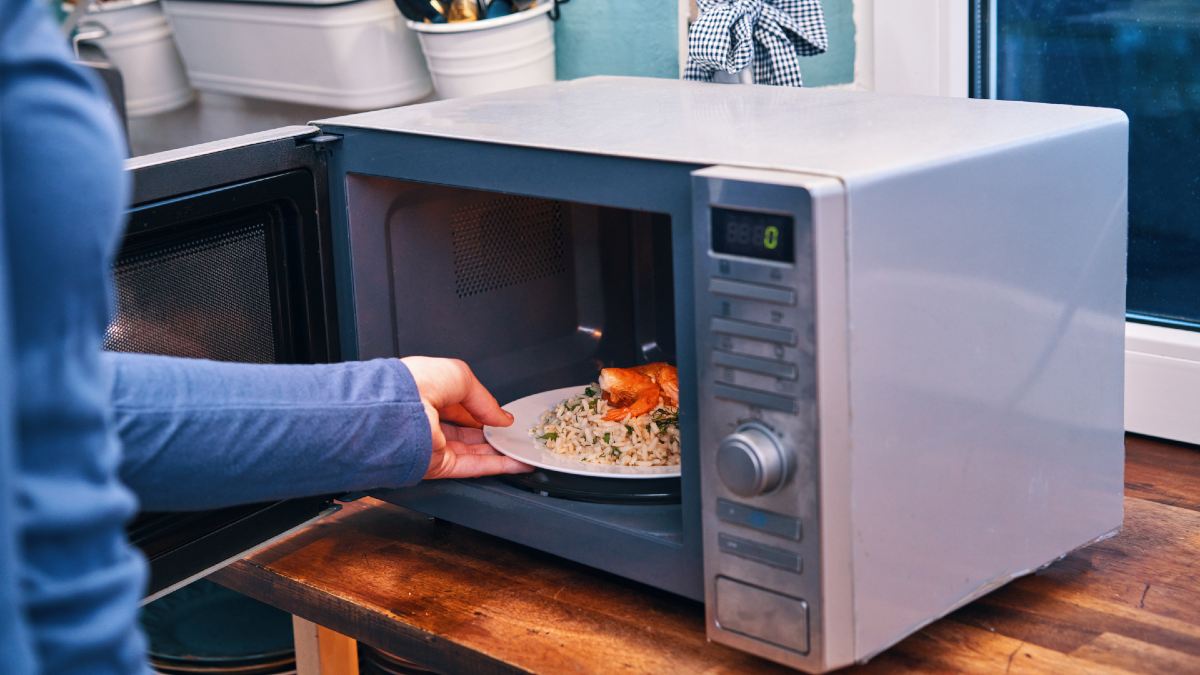Australians have fallen in love with air fryers. Discover how they work, their energy efficiency, what to avoid and which type is best for you.
What energy efficient appliances are worth spending more money on?

Spending more money on certain appliances can save you money in the long run. These are the energy-efficient home appliances worth paying for.
Appliances account for around one third of home energy use, according to the Australian Government, which means many households consider upgrading their appliances to help reduce their energy bills. The problem is not all appliances are equal when it comes to energy efficiency.
Some appliances cost roughly the same amount to run regardless of whether you buy a budget or luxury model. But for other appliances, paying more upfront for an energy-efficient model can reap significant savings on your electricity bills.
It might seem counterintuitive, but sometimes spending more initially can save you money in the long run. Find out the energy-efficient appliances that are worth the investment in this article – and those where the cost difference isn't as significant.
If you're interested in going all-electric, installing a solar panel (PV) system can cut your energy bills by more than $1,000 a year, according to Solar Victoria. Furthermore, households that also install a solar battery system can save an average of $1,400 per year on power bills. With the new Cheaper Home Batteries Program, Victorians can access additional government rebates and interest-free loans for installing batteries.
In this article
When to spend on energy-efficient appliances
Washing machines
Opting for a more energy-efficient washing machine can be as simple as choosing a front loader over a top loader.
Front load washing machines generally use less energy and water to run than top loaders. Their spin cycle can be faster than that of top loaders, which helps wring out more water and reduces the need to use a dryer.
Front-loader washing machines are typically more expensive than top-loader machines. However, their 10-year running costs are significantly lower, according to the Australian government’s Energy Ratings. For example, a budget front-loader with a 5-star rating can have a 10-year running cost of $1,300, while a similarly priced top-loader with only 2.5 stars costs around $2,600 to run over the same period
Clothes dryers
The three main types of clothes dryer available in Australia are condenser, heat pump and vented dryers.
Vented and condenser dryers are typically the cheapest to buy outright, but they are significantly less cost-efficient than heat pump models
Heat pump dryers are generally rated 7 to 10 stars for energy efficiency, while vented dryers are rarely rated higher than 3 stars (and are more likely to have a 2-star rating). Unless you use your dryer very sparingly, opting for a heat pump dryer can save you hundreds of dollars over the course of the appliance's lifetime.
Heat pump dryers are also better for enclosed laundries because they do not need ducted venting or good ventilation, making them ideal for apartments.

Opting for a front-loader washing machine can save your money in the long run. Image: Matt Harvey
Heaters
Sustainability Victoria notes that heating is the single biggest use of energy in Victorian homes, accounting for 43 per cent of your home’s running costs. The remaining percentage is allocated to water heating, other appliances and household energy uses.
Upgrading to an energy efficient heater can reap major savings for your household energy expenditure. Reverse-cycle split-system air conditioners are typically the most efficient heating option, with households that replace a gas ducted heater with an efficient reverse-cycle air conditioner able to save around $1,000 annually in running costs.
Lights
Lighting accounts for between 5 and 10 per cent of your electricity bill and you can keep that percentage as low as possible with the help of LED lights.
LED (light emitting diode) lights use 75 per cent less energy than halogen lightbulbs and last between 5 and 10 times longer. They can usually be used in existing light fittings and are so cost effective that they often pay for themselves within a year of being installed.
Read more: How to save money on lighting your home.
Dishwashers
From a pure energy-saving perspective, dishwashers don’t vary too much. However, a good dishwasher offers the potential for big savings when it comes time to water bills, and every drop of water saved is a worthwhile investment.
Take the time to pick a dishwasher that suits your household and prioritise one that's water efficient as well as energy efficient.
Hot tip: Save more money on your water bill by filling your dishwasher before running a cycle. The water usage is the same whether there is one dish or 50 dishes in the dishwasher.
Air fryers
This one might seem out of the ordinary, but an air fryer can save you money. Air fryers are small convection ovens ideal for cooking frozen meals or reheating leftovers, and they’re the perfect addition to any modern energy-saving kitchen because they require no preheating.
Plus, air fryers use less energy overall than a conventional oven because you’re not heating an entire oven for one sausage roll, but rather a smaller space that will heat up in less time.
Don't give your oven the flick just yet though - part of the reason air fryers are energy efficient is because of their size, so if you need to roast a whole chicken or bake something for a large family, you’ll need the space an oven offers.

Upgrading your light fittings to LED globes greatly reduces the energy needed to light your home.
Televisions
You might be surprised to learn that your TV is likely to be using more energy than your fridge. Due to their high energy consumption, the Australian Government mandates that televisions sold in Australia must meet the Minimum Energy Performance Standards. This means that like large appliances, televisions must display their energy star rating.
When selecting a new TV, be mindful that the larger the model typically uses more energy. Sustainability Victoria recommends that consumers opt for at least a 5-star energy rating when buying a new TV. This can help reduce your annual energy consumption, especially if you have a large TV, multiple TVs or use your TV for many hours each day.
Modern TVs are designed with LED, OLED or QLED displays. While all three types are more energy efficient than the old plasma televisions (which stopped being manufactured in the mid-2010s), LED are slightly more efficient than OLED and QLED variants. LED televisions are also among the cheaper televisions you can buy, although their picture quality is often not as good as OLED or QLED models.
Dehumidifiers
If your home is affected by dampness, leaks, or if there is the possibility of a flood, a dehumidifier could be the thing that saves you, and your wallet.
Beneficial in reducing condensation, a dehumidifier removes moisture from the air, helping to prevent mould. This happens by drawing air in, then filtering and cooling it to condense moisture, before reheating the air, and then warmer and dryer air is released.
It’s worth investing in a good dehumidifier, as cheaper models have fewer features, a smaller tank capacity and may not be as efficient at water removal, whereas a more expensive model generally has a larger tank capacity and works more effectively.
Having said that, think about the space you need a dehumidifier for and the area size it needs to cover, because a large bulky dehumidifier consumes a lot more energy, and a smaller model might suffice.

The fridge is an appliance where you may be able to save some money. Image: Matt Harvey
When to save money on energy-efficient appliances
Fridges and freezers
Fridges and freezers are, by and large, mostly the same across makes and models when it comes to energy efficiency. Buy the model that is an appropriate for your household’s needs and has a high Energy Rating.
Unlike other appliances, a larger price tag doesn’t necessarily equate a more energy-efficient product when it comes to fridges. Budget models are available with 5 and 6-star energy ratings, while some more expensive fridges only offer 3 stars.
Beyond the energy rating and size, other factors that can make your fridge more efficient include:
- Fridges with the freezer compartment on top
- A top-bottom door configuration (opposed to a side-by-side door configuration)
- No water dispensers or ice makers
Microwaves
In general, microwaves are one of the most energy-efficient cooking methods because they cook food faster than ovens or stove tops. Top-of-the-line microwaves can actually use more energy than basic models because any additional features – particularly clocks – use more energy to run.
When choosing a microwave, buy one that suits your needs and usage habits. To save even more energy, turn your microwave off at the switch when not in use, clean it regularly, and thaw food slowly in the fridge – this is also safer than using your microwave.
Read more: The must-know microwave safety tips.
Toasters
Toasters are among the lowest energy-use appliances in your house. Typically, your morning toast is using 600W to 1,000W, which is less energy than a standard microwave, kettle or oven.
Despite this, toasters can vary wildly in price from less than $50 to several hundreds of dollars. Buy the expensive luxury toaster if you love the brand or its aesthetic – but if you’re worried about energy consumption, the budget option is just as good as the luxe.

Microwaves cook food faster and are more energy efficient than conventional ovens. Image: Getty
Portable electric heaters
Portable electric heaters – also sometimes called space heaters – can be a convenient way to add a little extra dose of heat to a room. There are several types available, including radiant, fan, panel and oil (also known as convection heaters).
However, they are all typically quite inefficient to run. Sustainability Victoria calculates that heating a small (12sqm) room using an electric panel, fan or convection heater costs $344 annually. In comparison, heating the same sized room with a 3.5 star energy rated reverse-cycle air conditioner costs just $69 annually.
If buying a portable electric heater, make safety your top priority. Buy new wherever possible so that you can confirm it is compliant and hasn’t been damaged. Look for added safety features like thermal cut-offs and tip-over safety switches.
While children and pets should never be left unsupervised around heaters, oil and panel heaters can be safer options for families as they have no exposed heating elements and generally have a lower surface temperature.
Read more: Cost effective ways to stay warm.
Ovens
When it comes to size, features, and build quality, ovens can vary a great deal. But when considering energy efficiency, spending extra money does not always equal a more efficient appliance.
To maximise your oven’s efficiency, opt for an electric model with fan-force functionality. Using this function is good for both your bills and your baking.
Also consider your new oven’s wattage. Electric ovens typically range in wattage from 2,000W to 4,000W, although some models go as high as 8,000W. The more watts, the more power and often a quicker, better baking result but also more energy expended. Mid-range wattage ovens suitable for regular home cooking are available for a wide variety of budgets.


